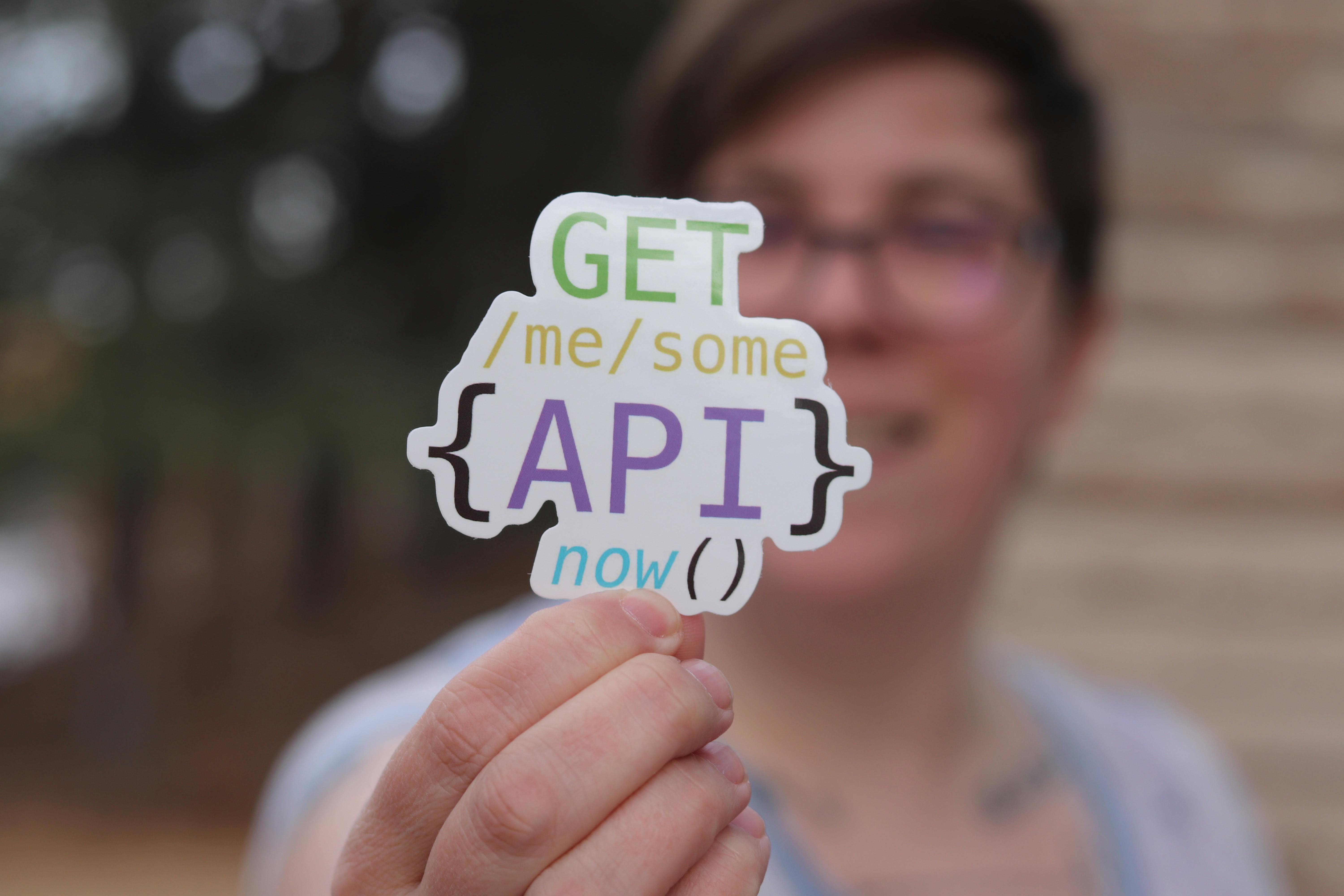
Apply Now


How to Properly Address a Postcard for 2025 Travel
Understanding Postcard Basics
In the world of travel, sending postcards is a cherished practice that allows you to share your adventures with friends and family. Learning how to write a postcard effectively is vital to ensuring your message reaches its destination. This article will not only cover the fundamentals of addressing a postcard but also provide valuable tips on postcard etiquette, layout, and content that will enhance your communication while traveling in 2025. The retro charm of postcards persists, symbolizing a tactile connection in a digital world. The act of picking a postcard, writing a message, and mailing it fosters a sense of intimacy and nostalgia. Understanding postcard address placement is crucial for its delivery, as every detail counts—from the recipient information to the optional return address. Following proper postcard addressing guidelines will enhance the likelihood of your postcards arriving in pristine condition.Choosing the Right Postcard
Selecting the ideal postcard is the first step in this creative process. Consider the purpose of the postcard and the interests of your recipient. Are they fond of scenic views, local landmarks, or perhaps vibrant arts? Postcards for travelers often showcase beautiful images of tourist attractions, making them perfect souvenirs. Unique postcard messages can turn a simple greeting into an unforgettable gesture. Postcards come in various sizes, so be mindful of postcard size requirements when choosing your design. For practical mailing, international postcards may require different stamps and addressing styles, which will be addressed later. The postcard design you choose should not only captivate the eye but also align with your messaging style.Addressing Guidelines and Layout
When addressing a postcard, clarity is crucial. The layout should include a few key elements: the recipient's name, address, and postal code, along with your own return address if applicable. Ensure that the postcard address layout adheres to standard postal guidelines to prevent misdelivery. It is important to place the recipient’s address on the right side of the postcard, while the left side is reserved for your message. In some countries, it's customary to place the addressee's name on the first line, followed by their street address and city/state/zip code. Proper postcard address placement can make the difference between swift delivery and delays.Essential Postcard Information
When crafting the recipient information, accuracy is paramount. Make sure to correctly spell the recipient's name and address. Common mistakes include misspellings or incorrect street names, which could derail the postcard’s journey. It’s critical to check the details multiple times before mailing. For international postcards, addressing can be slightly different. Including country names in uppercase letters, along with the appropriate postal codes, ensures that postal services handle your card efficiently. Learning how to address a postcard correctly, especially when outside your home country, is essential for successful delivery.Crafting Your Postcard Message
Postcard Message Length and Content
The next key component in postcard sending is the postcard message itself. When writing a message on a postcard, keep it concise yet meaningful. Postcard message length can vary, but aiming for a few thoughtful sentences is generally ideal. This allows you to share highlights of your travels without overwhelming your recipient. Creative postcard messages can include anecdotes from your trip, local experiences, or heartfelt sentiments. Postcard writing style should be friendly and engaging, painting a vivid picture of your travels for those who receive it. For example, instead of simply stating “I’m having fun in Paris,” try “Sipping coffee at a charming café in Montmartre is a dream come true!”Postcard Greetings and Farewells
Incorporating personalized greetings makes postcards feel special. Whether using classic “Dear [Name],” or a more informal “Hey [Name]!,” your salutation sets the tone for your message. Similarly, your closing farewell can add a personal touch, such as “Wish you were here!” or “See you soon!” Effective postcard communication not only shares information but also reflects your relationship with the recipient. Leveraging useful postcard phrases can enhance the emotional value of your message. Think about what you want the recipient to take away from your words—it can be excitement, nostalgia, or a sense of connection.Postcard Design and Personalization
Postcard art plays a crucial role in capturing attention. The images, colors, and overall aesthetic should complement the message. Postcard designs can be themed around holidays, specific occasions, or local culture, making each postcard unique. For personalized postcards, consider adding a short handwritten message or even a drawing. These small touches demonstrate care and thoughtfulness, increasing the emotional connection of your postcard. Using local language expressions can also enhance authenticity, making your message resonate even more.Mailing Your Postcard
Stamps and Mailing Process
Once your postcard is addressed and your message written, the next step is mailing. Postcard stamps are an important aspect—each country has specific postage requirements for postcards. The weight and size of your postcard might affect the cost of mailing, so ensure you have the correct postage affixed. To send your postcard effectively, simply drop it in an appropriate mailbox. Understanding the postcard mailing process in your travel destination, including collection times, can ensure timely delivery. If you are mailing postcards internationally, be aware that the time frame for delivery may vary significantly.Avoiding Common Postcard Addressing Mistakes
When addressing postcards for mailing, there are common pitfalls to avoid. Ensure your writing is legible to prevent any confusion. Additionally, don’t forget to check that you have placed the proper postage. Some people mistakenly underestimate the price of sending postcards overseas—thus, double-checking the rates at both local and international levels is vital. Avoiding postcard addressing mistakes enhances the chances of your card reaching its intended destination without unnecessary delays. Remember, attention to detail is paramount, especially when sending a postcard home from afar.Postcard Etiquette and Best Practices
Respecting postcard etiquette ensures that you are considerate of the recipient. Avoid sending postcards when the person may be busy or going through a tough time. A postcard should be a delightful surprise, not an additional burden. Sending postcards from abroad can also imply cultural considerations—being aware of local customs surrounding communication can help you craft more meaningful messages. Whether your postcard is meant for a special occasion or just a casual hello, following postcard writing best practices keeps the kind spirit of postcarding alive.Conclusion
Sending postcards is not only a fun travel tradition but also a way to connect with loved ones back home. By learning how to address a postcard properly, crafting engaging messages, and adhering to etiquette, your postcards will be cherished mementos for all who receive them. Whether you choose to write holiday postcards or personalized notes, remember that your unique voice brings each postcard to life. So grab your favorite postcards, put pen to paper, and start spreading joy one card at a time!
